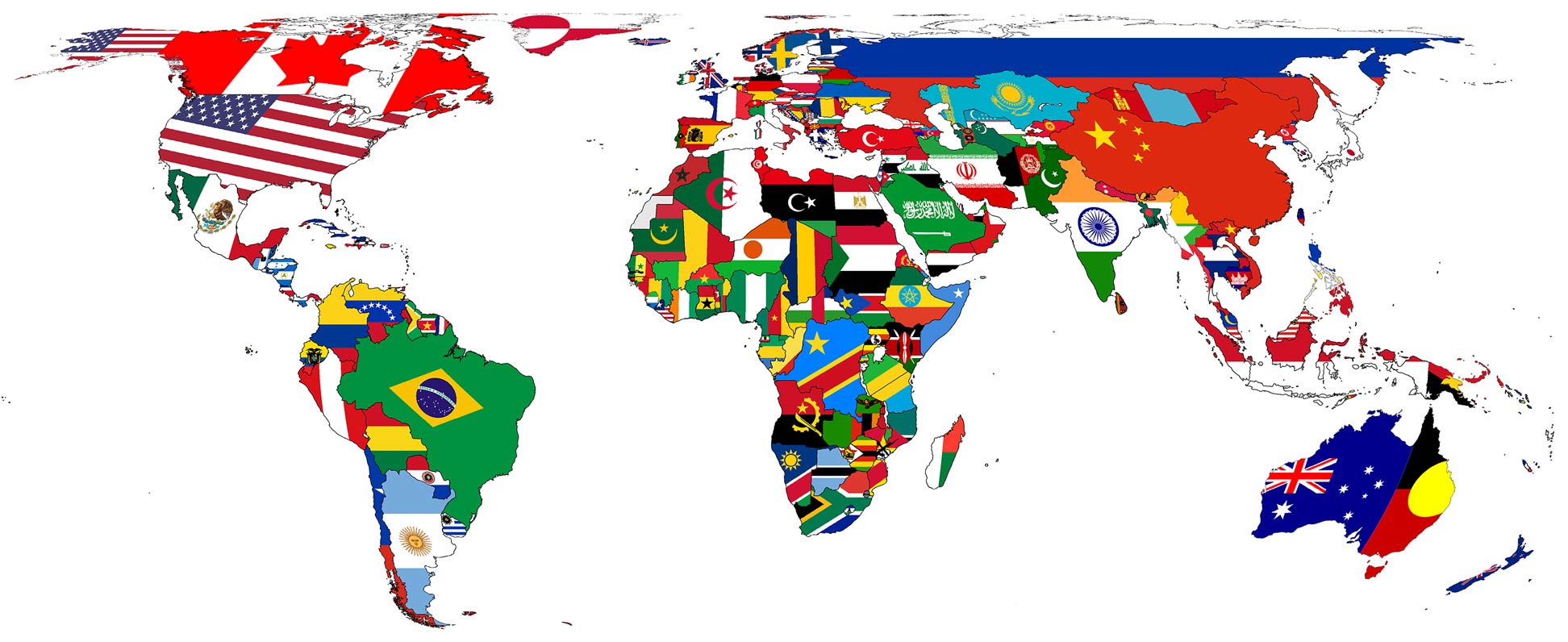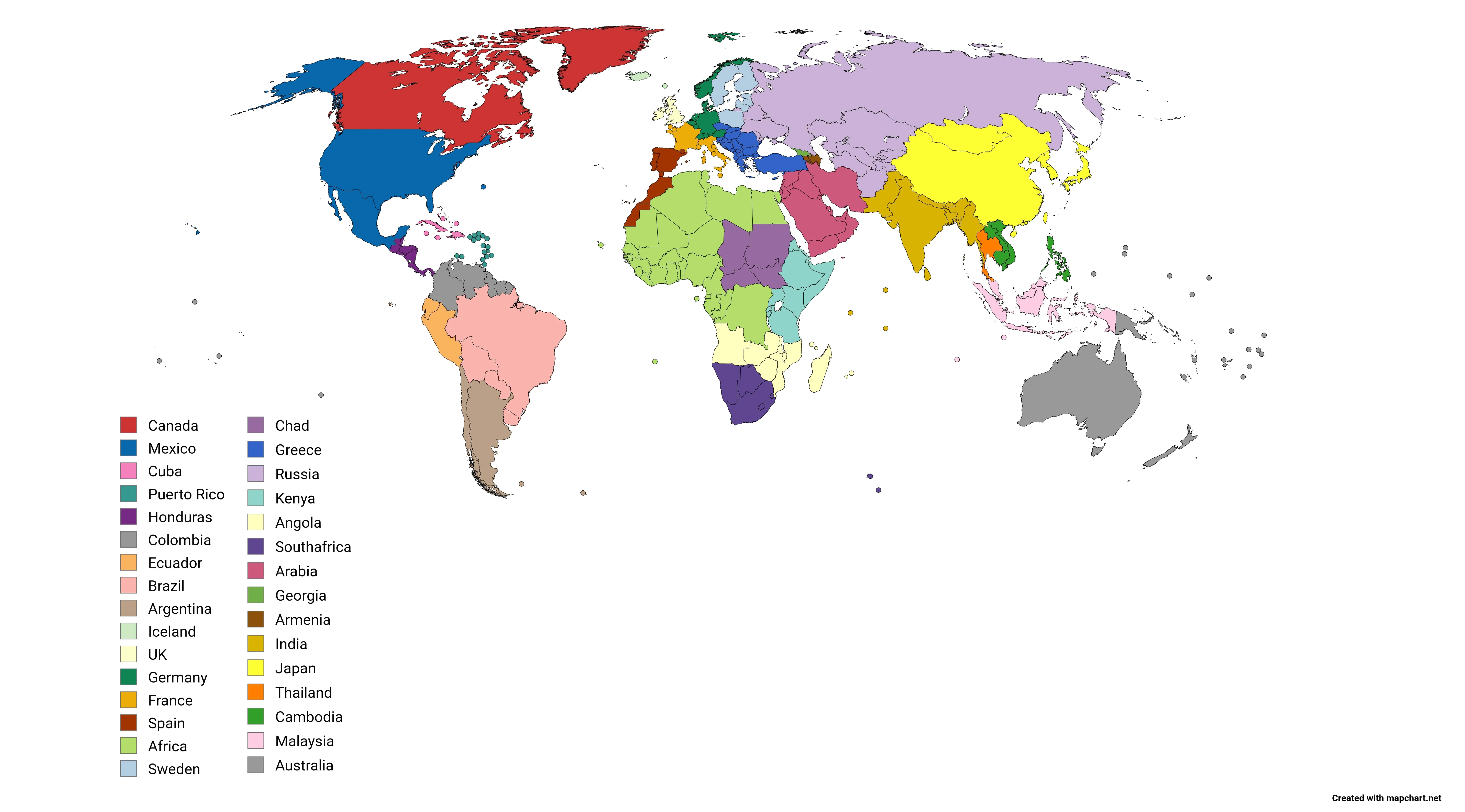Discovering The Meaning Behind The Country Flag Yellow White Green
Detail Author:
- Name : Reid Ferry
- Username : tess64
- Email : bobbie16@gmail.com
- Birthdate : 1992-10-11
- Address : 38559 Stephania Mill Apt. 621 Davionville, NM 00935-9296
- Phone : 1-432-717-3207
- Company : Marvin-Feil
- Job : Clinical Laboratory Technician
- Bio : Autem id officiis placeat alias minima. Officiis molestiae et ut eum. Qui libero amet autem magni aut ut magni.
Socials
facebook:
- url : https://facebook.com/johnstonn
- username : johnstonn
- bio : Eaque reiciendis et rerum exercitationem nemo incidunt.
- followers : 2182
- following : 225
tiktok:
- url : https://tiktok.com/@johnstonn
- username : johnstonn
- bio : Beatae ad temporibus quibusdam inventore ratione eligendi amet.
- followers : 871
- following : 1672
Have you ever found yourself gazing at a national banner, maybe seeing a country flag yellow white green, and wondered about the stories it tells? It's really something, isn't it, how a simple arrangement of colors and symbols can speak volumes about a people, their journey, and their hopes? These vibrant pieces of cloth are far more than just pretty designs; they are powerful emblems, holding deep meanings and reflecting the very spirit of a place. Every stripe, every shade, every emblem on a flag is placed there for a reason, often representing historical events, cherished values, or the natural landscape of a land. So, too, when we see a country flag yellow white green, there's a whole world of symbolism waiting to be explored, a visual narrative woven into its very fabric.
As a matter of fact, the colors yellow, white, and green appear together on several national flags across the globe, each with its own unique interpretation. From the bustling streets of West Africa to the ancient landscapes of South Asia, these hues carry a significant weight. They might represent prosperity, peace, or the lushness of the land, depending on the nation's specific history and culture. For instance, you know, some flags might use green to symbolize agriculture or hope, while yellow often stands for sunshine, wealth, or perhaps justice. White, quite often, is a sign of peace, purity, or honesty. It's truly fascinating how universal some of these color meanings can be, yet how distinctly they are adapted by each individual country.
Yet, beyond just the colors, there's a deeper conversation about what a "country" itself actually represents when we look at these flags. Is it simply a piece of land, or is it something more profound, like a sovereign entity or a cultural identity? The very word "country" can be a bit tricky, can't it? As I was saying, its meaning can shift quite a bit depending on the situation. Understanding these distinctions helps us appreciate not just the flags themselves, but also the complex political and cultural tapestry of our world. So, let's take a closer look at some flags featuring yellow, white, and green, and explore what they tell us, and perhaps, what they teach us about the very idea of a nation.
Table of Contents
- Flags Showcasing Yellow, White, and Green
- The Symbolism of Yellow, White, and Green
- What Does "Country" Really Mean? A Flag's Identity
- Practical Implications of Geographical Terms
- Frequently Asked Questions About Flags and National Identity
- Bringing It All Together: The Power of a Flag
Flags Showcasing Yellow, White, and Green
When you start looking, it's quite interesting to see how many national flags incorporate the colors yellow, white, and green, either exclusively or as prominent elements. Each one has a unique story, of course, and a distinct arrangement of these shades. Let's consider a few notable examples, shall we, that really bring these colors to life.
One of the most straightforward examples of a country flag yellow white green is that of **Nigeria**. It features three vertical stripes: green, white, and green. This design is rather simple, yet very powerful. The green bands on either side are typically said to represent Nigeria's rich agricultural lands and its natural wealth, which is a pretty significant aspect of its economy and heritage. The central white band, on the other hand, stands for peace and unity, something that is incredibly important for a nation with such diverse ethnic groups. It's a clear and strong visual statement, really, about the country's aspirations and its resources.
Then there's the flag of **India**, which is a horizontal tricolor of saffron, white, and green, with a navy blue Ashoka Chakra (a 24-spoke wheel) at its center. While the top band is officially "saffron," it's often perceived as a deep yellow-orange, so it certainly fits our color scheme. The saffron, or yellow-orange, is generally understood to symbolize courage and sacrifice, a nod to the nation's struggle for independence. The white in the middle, naturally, represents peace, truth, and purity, which are fundamental principles. And the green at the bottom signifies fertility, growth, and auspiciousness, reflecting India's agrarian roots and its hope for prosperity. The Ashoka Chakra in the middle, too, is a symbol of dharma, or righteousness, and continuous progress, which is a rather profound idea to include on a national banner.
The flag of **Brazil** also prominently features these colors, though in a more complex design. It has a green field with a large yellow rhombus in the center, inside which is a blue celestial globe with white stars and a white band bearing the national motto "Ordem e Progresso" (Order and Progress). The green here is often said to represent the country's vast forests and lush landscapes, while the yellow rhombus symbolizes its mineral wealth, particularly gold, which was so important in its history. The blue circle and white stars, you know, depict the night sky over Rio de Janeiro on the day the Republic was proclaimed, with each star representing a Brazilian state. It's a pretty elaborate design, and yet, the yellow, white, and green are undeniably the dominant colors, giving it a very distinct and recognizable look.
We could also look at the flag of **Ireland**, which is a vertical tricolor of green, white, and orange. While it's "orange" rather than a pure yellow, the color is often quite close to a deep yellow, and it's certainly part of the family of warm hues. The green represents the native people of Ireland, particularly the Gaelic tradition, and the country's rich verdant landscape. The white in the middle, as is common, signifies peace, meant to bring together the green and the orange. The orange, for its part, stands for the Protestant population of Ireland, particularly those who supported William of Orange. So, in a way, the flag is a visual representation of the desire for unity between different historical and religious communities on the island, which is a very powerful message.
Even the flag of **Niger**, with its horizontal bands of orange, white, and green, fits into this discussion. The orange represents the Sahara Desert to the north, the white symbolizes purity and the Niger River, and the green stands for the fertile land in the south and hope. A central orange disc represents the sun. It's a simple yet effective design, conveying a lot about the country's geography and aspirations, don't you think?
These examples, just a few among many, show how a country flag yellow white green can tell a nation's story, reflecting its geography, history, values, and aspirations. Each flag is a unique piece of art, really, that speaks volumes without uttering a single word.
The Symbolism of Yellow, White, and Green
Delving into the meanings behind flag colors is a pretty fascinating exercise, as a matter of fact. While specific interpretations vary from one nation to another, there are some common themes that emerge when we look at the colors yellow, white, and green across different flags. These colors aren't chosen randomly; they carry a weight of history, hope, and often, a connection to the natural world. It's almost like a secret language, in a way, that speaks to the heart of a people.
Let's consider **Green** first. This color is perhaps the most straightforward in its symbolism, often representing the natural environment. Many countries, particularly those with abundant forests, fertile plains, or significant agricultural sectors, use green to symbolize their land's lushness and the richness of their soil. It can also signify growth, renewal, and vitality, suggesting a nation's desire for progress and prosperity. For some, it might also stand for hope and youth, looking towards a bright future. In some contexts, green also carries religious significance, particularly in Islamic traditions, where it is often associated with paradise and peace. So, you know, it's a very versatile color, full of life and promise.
**Yellow**, or gold, is another color with a rich array of meanings. Quite frequently, it represents wealth, prosperity, and abundance, often tied to a country's natural resources like minerals or crops. Think of the sun's golden rays, and you can see why it's also linked to brightness, enlightenment, and optimism. It can symbolize justice, honor, and courage, too, reflecting a nation's moral fortitude and its people's brave spirit. In some cultures, yellow is also associated with joy and happiness, bringing a sense of warmth and positive energy to the national emblem. It's a pretty uplifting color, wouldn't you say?
Finally, there's **White**. This color is almost universally recognized for its associations with peace, purity, and innocence. On a flag, it often signifies harmony and unity, a hope for different groups within a nation to coexist peacefully. It can also represent honesty, truth, and transparency in governance. For some, white might also symbolize snow-capped mountains or other natural features, connecting the flag to the physical landscape. It's a rather clean and clear color, suggesting new beginnings or a fresh start, which is a powerful message for any nation, especially one that has overcome past struggles. So, in many respects, white is about clarity and aspiration.
When these three colors – yellow, white, and green – come together on a country flag, they create a powerful visual narrative. They often speak of a land blessed with natural resources (green, yellow), striving for prosperity and enlightenment (yellow), and committed to peace and unity among its people (white). It's a rather harmonious combination, isn't it, that suggests a balanced and hopeful outlook for the nation it represents. The way these colors are arranged, their shades, and any additional symbols all contribute to the flag's unique voice, telling a story that is both specific to its people and, in some ways, universally understood.
What Does "Country" Really Mean? A Flag's Identity
Looking at a country flag yellow white green, or any flag for that matter, naturally makes us think about the "country" it represents. But what does that word truly mean? It's a bit more nuanced than we might initially think, you know. The term "country" itself carries a surprisingly low degree of sovereign meaning in international law, actually. This is a point that's quite important for understanding global relations and even everyday interactions. The official term for a fully sovereign entity in international law is typically "State" or "sovereign state." So, in a way, a flag might fly for a "country," but it's the "State" that holds the legal recognition on the world stage.
Country Versus State and Nation
This distinction between "country," "state," and "nation" is really interesting, and it's something that often gets muddled in everyday language. For instance, in its place of origin, the United Kingdom, their own government's official website states that the UK is made up of four "countries." This is a pretty clear example, isn't it, of how "country" can refer to a geographical area with a distinct cultural identity, even if it's part of a larger sovereign state. Prime Minister David Cameron once famously said, "Four nations in one country," referring to the UK as the "country" and places like Scotland as "nations." So, the UK is the "country," and Scotland is a "nation" within it. This shows that the meaning of "country" can vary quite a lot depending on the context.
In a broader sense, however, "country" can also refer to political entities that possess some degree of self-governance and a unique cultural identity, but still exist under the sovereignty of another state. This is why you sometimes see phrases like "country and territory" in English news. This expression acknowledges that while some entities might not be fully independent sovereign states, they still have a distinct identity and a defined geographical area that warrants specific mention. It's not just about political borders; it's about people, culture, and a shared sense of belonging, which is what a flag so powerfully embodies, too.
When you use an electronic dictionary, you might find that "country" primarily means a nation, but then, if you check something like the Oxford Advanced Learner's Dictionary, you'll discover it also has the meaning of a "region" or "area." This discrepancy, you know, highlights the fluid nature of the word. For example, some overseas brands, when asking you to select your region, might list places like Hong Kong (HK) and Taiwan (TW) separately, even though they might not be considered fully independent sovereign "States" by all. This practical application shows how "country" can indeed carry a regional meaning in certain contexts, especially when dealing with commercial or administrative selections. So, it's not always as simple as it seems.
The term "nation," on the other hand, often refers to a group of people united by common descent, history, culture, or language, inhabiting a particular country or territory. It's more about the collective identity of a people, a "国族" or "家国" as some might put it. "Country" might be thought of as the "江山" or "国度," the land itself. So, while a "nation" might seek to have its own "state" and its own flag, the flag itself is flown over the "country," which can be a complex mix of these definitions. When you're just browsing online, for instance, "nation" usually means nationality, and "state" means a province or a constituent state, so it's often better to use "country and region" instead of just "country" to be more precise, actually.
Flags as Personified Identities: The Countryhumans Phenomenon
It's pretty fascinating how flags, as symbols of these complex "countries" or "nations," have even permeated modern pop culture. There's a whole online community, for instance, called "Countryhumans" (often shortened to "CH"), which started on YouTube. This circle involves personifying countries, which is a really creative way to think about national identity. The art style, sometimes called "ball-headed people," depicts countries as conscious beings with their national flags drawn on their heads. It's a bit whimsical, but it makes a lot of sense, doesn't it?
Even though there isn't one single, unified character design within the Countryhumans community, some interpretations are widely adopted. This phenomenon, you know, clearly shows how deeply flags are ingrained in our collective consciousness as visual shorthand for entire nations, their characteristics, and their relationships. It’s a playful yet powerful demonstration of how these colorful pieces of cloth become living symbols in our minds, embodying the very essence of a "country," however we define it. It really goes to show the enduring power of vexillology, which is the study of flags, in contemporary society.
Practical Implications of Geographical Terms
Understanding these subtle differences in geographical terms, like "country" versus "territory" or "region," has real-world implications, not just for international law but also for everyday situations. It's not just an academic exercise; it affects how we interact with the world around us. For instance, when you're trying to set up an online account or fill out an address, the precision of these terms becomes very important. You know, it's pretty common to see issues like "This account isn’t eligible for Google AI plan" or "Gemini currently doesn't support access from your region," which often stem from these precise geographical classifications. It's about how digital services categorize and restrict access based on what they consider a "country" or a "region."
Consider, too, the way addresses are written in English. The order is usually from smallest to largest: house number, street, district, city, state/province, country. This is quite the opposite of Chinese address formats, which go from largest to smallest. So, an address like "X Country X Province X City X District X Road X Number" becomes "X Number, X Road, X District, X City, X Province, X Country" in English. This seemingly small detail, you know, highlights how different cultures conceptualize and organize geographical information. It's all part of the broader system of how we identify and locate places on a global scale, and flags, in a way, are the ultimate shorthand for this identification.
Even when talking about places within a larger nation, the terms can be confusing. For example, in Australia, the terms "suburb" and "country" (meaning rural areas) are used in ways that might surprise someone taught English elsewhere. Many people might imagine "suburb" to mean a kind of rural-urban fringe with a pastoral feel, but it's often just a residential area within a city. This kind of regional variation in language, you know, just adds another layer to how we understand and use terms like "country." It really underscores why precise terminology matters, whether you're sending mail, accessing online services, or simply discussing where someone is from.
Frequently Asked Questions About Flags and National Identity
Here are some common questions people often have about flags and what they represent:
What do the colors yellow, white, and green typically symbolize on flags?
Well, typically, green on flags often represents the land's fertility, agriculture, or natural beauty, as well as hope and growth. Yellow, or gold, quite often stands for wealth, prosperity, sunshine, or justice. White, you know, is almost universally associated with peace, purity, and unity. So, when you see a country flag yellow white green, it's usually conveying a message of a prosperous land striving


